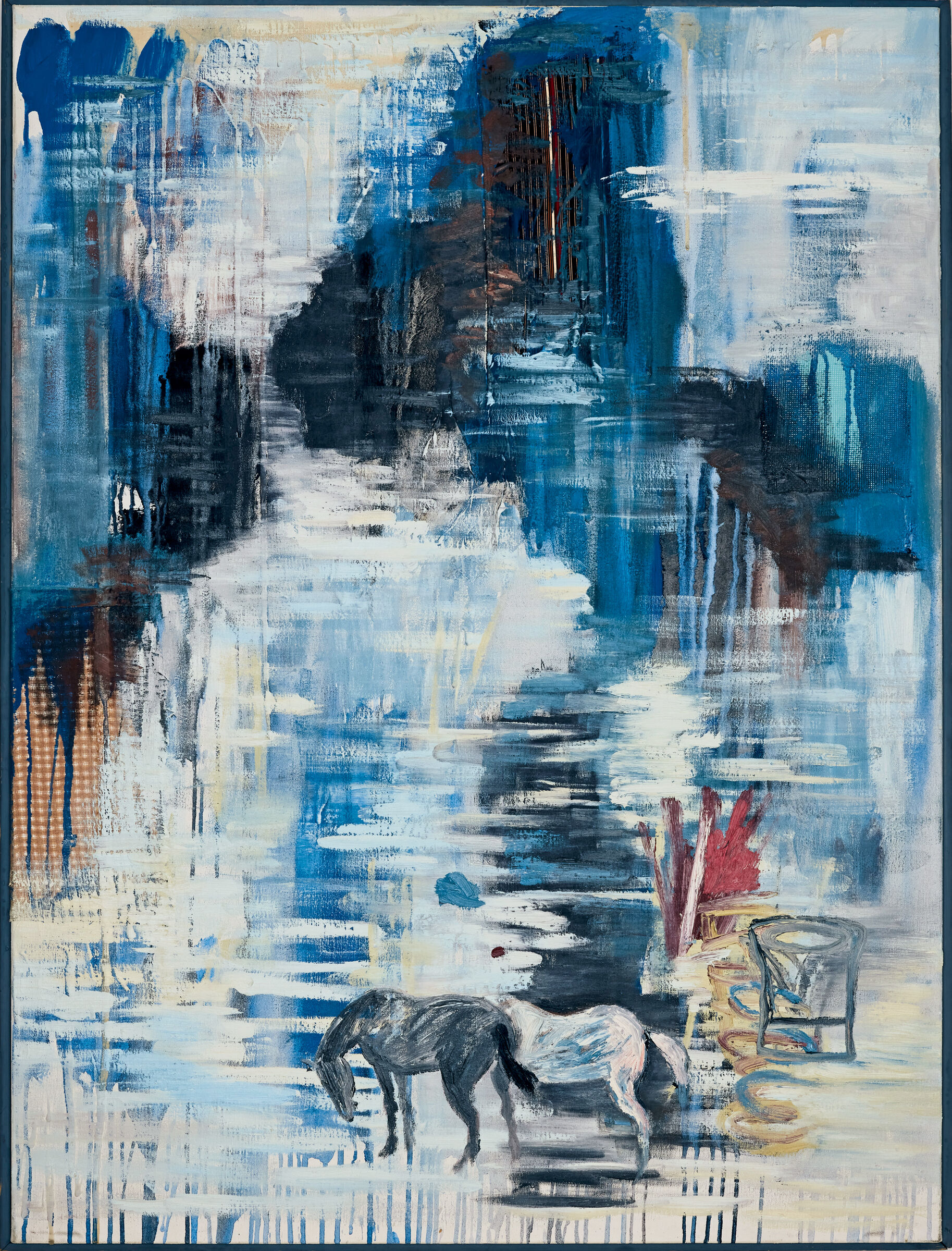Jaune Quick-to-See Smith: Memory Map | Art & Artists
Apr 19–Aug 13, 2023
Jaune Quick-to-See Smith: Memory Map | Art & Artists
"Landscape is Always Full of Movement"
1
“Landscape is always full of movement,” Smith wrote in 1984, in an artist statement for one of her earliest solo exhibitions. Throughout the late 1970s and early 1980s, Smith made drawings and paintings of places with significance to her, including Wallowa, Oregon, and her reservation in Montana. The works, which she came to describe as maps, reject the conventions employed by Euro-American landscape painters. Instead of capturing romanticized, unpopulated panoramas of distant mountains or rivers, Smith depicts inhabited landscapes, with her marks signifying human and animal movements. Smith’s lines and blocky forms suggest the travois, a sled-like conveyance made of two poles and a platform used primarily by Plains people to transport heavy loads. Like the travois, these drawings carry personal meaning and understanding about place.

